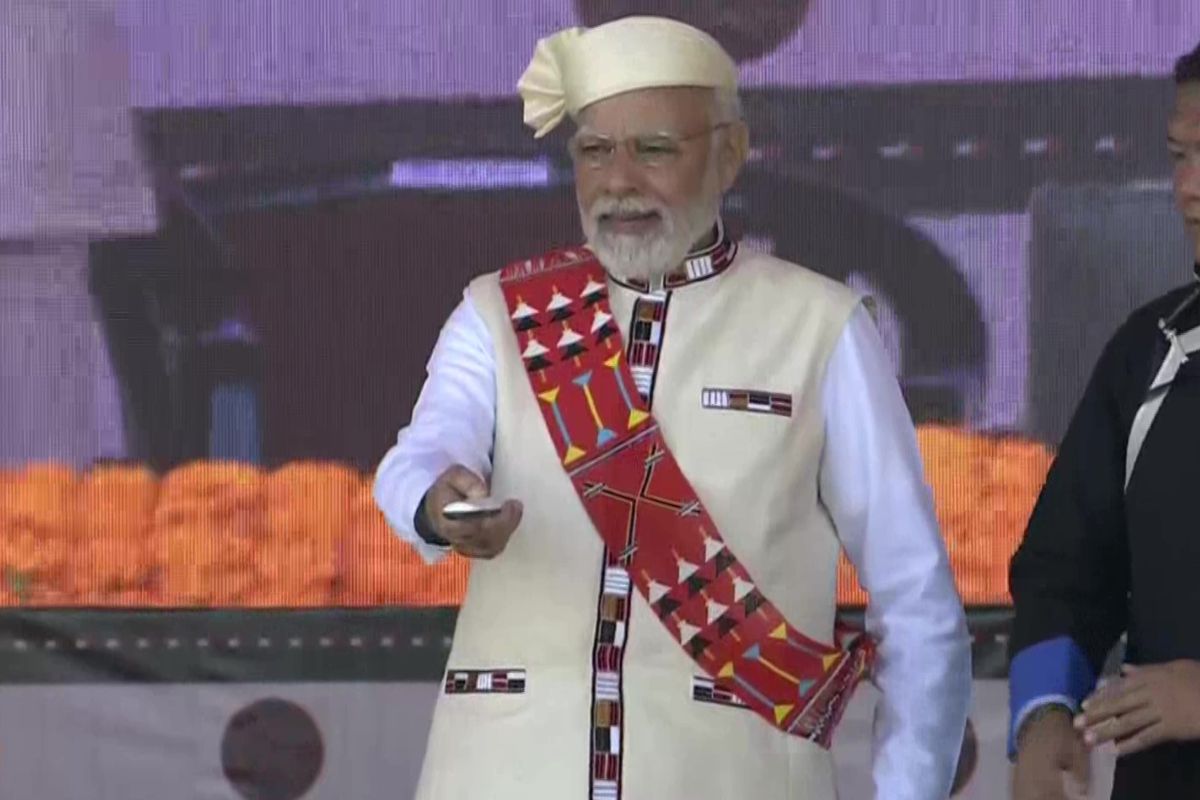Prime Minister Narendra Modi on Saturday inaugurated Arunachal Pradesh’s first greenfield airport in Itanagar.
The Donyi Polo airport will boost connectivity in the Northeast. The foundation stone for this airport was laid by the PM in 2019.
Advertisement
The airport, which has been developed in an area of over 690 acres, at the cost of more than Rs 640 crore is expected to play a major role in improving connectivity and will also contribute to the growth of trade and tourism in the region, said Dilip Sajnani, Director, Airport Authority of India.
The airport has a 2300 m runway and is well suited for all weather day operations. The airport terminal is a modern building, which promotes energy efficiency, renewable energy and the recycling of resources.
According to an official statement, the terminal at Hollongi has been constructed approximately at a cost of Rs 955 crore with an area of 4100 sq m and has a peak handling capacity of 200 passengers per hour.
PM Modi had in a tweet yesterday said “Commerce and connectivity will gain immensely from this project.”
Arunachal chief minister Pema Khandu had termed the “The Great Hornbill Gate” at the Donyi Polo airport at Hollongi “an architectural marvel”.
In a tweet, on November 16 he said, “The Great Hornbill Gate, which welcomes you to iconic Donyi Polo airport, is an architectural marvel. Made of bamboo and cane, it’s been designed by promising Arunachali architect Aroty Panyang from the East Siang district. Glad to have inaugurated the gate today.”
The Donyi Polo airport will be the third operational airport in Arunachal Pradesh and the first in its capital city Itanagar, taking the total number of airports in the Northeast to 16.
Arunachal Pradesh currently has two airports, one at Pasighat and the other at Tezu.
Meanwhile, the launch event this morning will also witness PM Modi dedicating 600 MW Kameng Hydro Power Station to the nation.
The power station has been developed at a cost of more than Rs 8,450 crore and the project aims to turn Arunachal Pradesh into a power surplus state.
The project is in line with India’s commitment to move towards green energy initiatives and will also benefit the National Grid in terms of grid stability and integration
